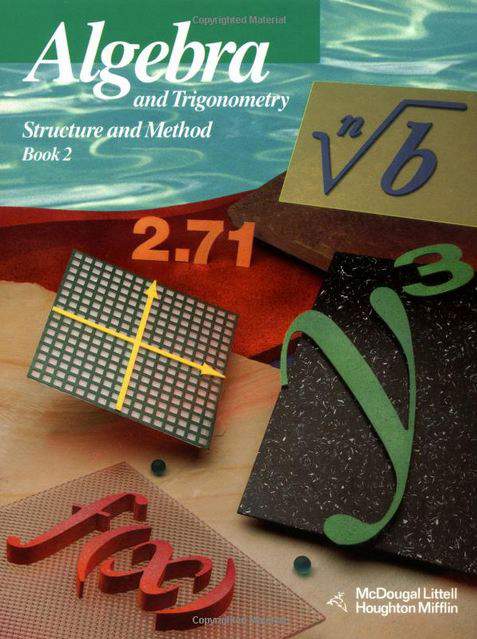Connecting...

This is a quick preview of the lesson. For full access, please Log In or Sign up.
For more information, please see full course syllabus of Algebra 2
For more information, please see full course syllabus of Algebra 2
Algebra 2 Binomial Theorem
Lecture Description
If you expand a binomial, you get certain coefficients. The coefficients of the terms can be used to create an array of numbers called Pascal's triangle. There are some properties that the expansion of (a+b)^n satisfies, and you’ll learn about them in this lesson. This lesson also covers factorials, and the binomial formula. The coefficients of the expansion are symmetrical around the middle term. So once you have found the first half of the coefficients, you already have the coefficients for the rest of the terms. They are the same ones you have found but listed in reverse order.
Bookmark & Share
Embed
Share this knowledge with your friends!
Copy & Paste this embed code into your website’s HTML
Please ensure that your website editor is in text mode when you paste the code.(In Wordpress, the mode button is on the top right corner.)
×
Since this lesson is not free, only the preview will appear on your website.
- - Allow users to view the embedded video in full-size.
Next Lecture
Previous Lecture









































 Carleen Eaton
Carleen Eaton Grant Fraser
Grant Fraser
 Answer Engine
Answer Engine



0 answers
Post by Suhani Pant on July 27, 2013
Thank you so much for this amazing series on Algebra II. I greatly appreciate your hard-work and effort.
1 answer
Mon Apr 8, 2013 4:35 PM
Post by Kenneth Montfort on March 7, 2013
You are super great teacher - thank you so much for making algebra 2 super understandable :) it was an awesome course.
1 answer
Sat Jan 5, 2013 9:55 AM
Post by Angel La Fayette on January 2, 2013
The "2" was left out @ 38:13.
0 answers
Post by Timothy miranda on July 3, 2010
Thanks for all the help! This was a great course!